|
VIKING
- ZERO EMISSION HYDROGEN
CRUISE SHIP
ABOUT - CLIMATE CHANGE - CONTACTS -
FERRY
OPERATORS -
HOME - OCEAN PLASTIC
PLEASE
USE OUR A-Z INDEX
TO NAVIGATE THIS SITE
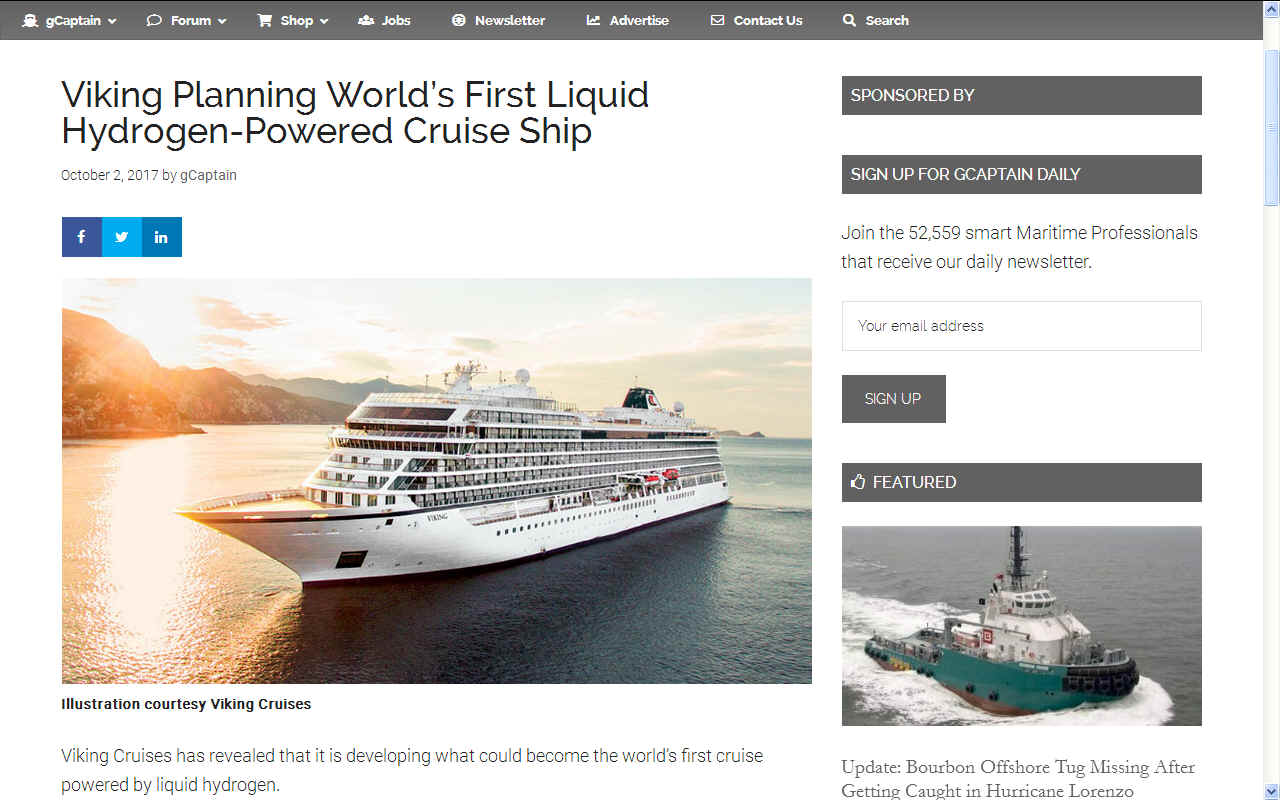
VIKING
- Unveiled plans for a hydrogen powered cruise liner in 2017.
WORLD MARITIME NEWS SEPTEMBER 2017
- Viking Cruises to Build World’s 1st Hydrogen-Powered Cruise Ship?
Cruise ship owner Viking Cruises unveiled plans for a liquid
hydrogen-fuelled cruise ship in an effort to develop the world’s first cruise ship with
zero-emission technology.
Serge Fossati, project manager at the shipping company, presented the plans at the Norwegian Maritime Authority’s Safety at Sea Conference in Haugesund.
To feature a length of around 230 metres, the cruise ship would be able to accommodate more than 900 passengers and a crew of 500.
“This is a world sensation. Very exciting. If they pull this off, a distribution network may be established, which will enable others as well to use hydrogen as fuel, and could contribute to a zero-emission shipping industry,” Olav Akselsen, Director General of Shipping and Navigation, said.
Viking Cruises envisions constructing a ship based on the same design as their seagoing cruise ships, such as the recently delivered Viking Sun. Additionally, the shipping company informed that the hydrogen ship would be registered in the Norwegian Ship Registers (NIS) if it is realised, and is already in dialogue with the Norwegian Maritime Authority.
“As a Norwegian and with Norwegian ships, we want to lead the way to zero-emission ships through fuel cell technology. The road to that point is still long, but here at Viking we want to be ahead of the game,” Torstein Hagen, Chairman of Viking Cruises, said.
So far, liquid hydrogen has not been used as marine fuel. One of the technical challenges is to maintain the fuel at minus 253 degrees to keep it from evaporating. A fuel cell will convert the hydrogen to
electricity for propulsion and electric power on board.
At present, liquid hydrogen is not produced on a large scale in Europe, but Fossati explained that Viking Cruises is in dialogue with Statoil in order to find a solution based on a Norwegian refinery. It also emerged that the shipping company wants to use Norwegian suppliers for the project, as far as possible. Several tender ships to carry the fuel to the cruise ship are also part of the project, according to the Norwegian Maritime Authority.
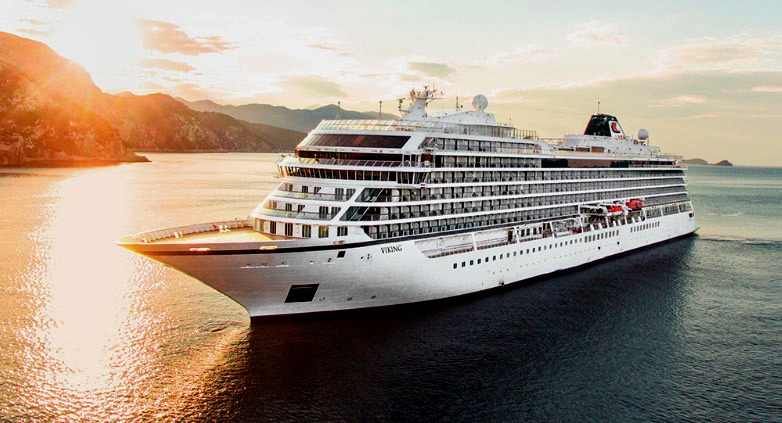
G-CAPTAIN OCTOBER 2 2017
Viking Cruises has revealed that it is developing what could become the world’s first cruise powered by liquid hydrogen.
The company announced the plan Friday at the Safety at Sea Conference held in Haugesund, Norway.
The proposed hydrogen-powered cruise ship will be built based on existing cruise ship designs, such as the Viking Sun. It will be around 230 meters long and will accommodate more than 900 passengers and a crew of 500, according to Viking.
“This is a world sensation. Very exciting. If they pull this off, a distribution network may be established, which will enable others as well to use hydrogen as fuel, and could contribute to a zero-emission shipping industry,” says Director General of Shipping and
Navigation, Olav Akselsen.
Viking says it has been working with the Norwegian International Ship Register on this and several other new projects in recent years. If developed, the new vessel will be registered in Norway.
“The ship will fly the Norwegian flag, which means that we have to vouch for the safety being just as good as on conventional ships. We believe that it is possible to solve those issues. We probably have a way to go before all the technical solutions are in place, but this is a very concrete project which has a high priority at Viking Cruises,” says Akselsen.
So far liquid hydrogen has never been used as a marine fuel, according to Viking Cruises. One of the technical challenges will be keeping the fuel at minus 253 degrees to keep it from evaporating. A fuel cell will convert the hydrogen to electricity for propulsion and electric power on board. Hydrogen is also a very explosive gas, and protection against gas leaks is an important part of the safety requirements for the fuel, Viking said.
“At Viking, we have always endeavored to look forward and to be at the forefront with regard to green shipping. As a Norwegian and with Norwegian ships, we want to lead the way to zero-emission ships through
fuel cell technology. The road to that point is still long, but here at Viking we want to be ahead of the game,” says Chairman of Viking Cruises, Torstein Hagen.
Currently, liquid hydrogen is not produced on a large scale in Europe, but Serge Fossati, a project manager for Viking, explained that Viking Cruises is in dialogue with Statoil in order to find a solution based on a Norwegian refinery. It also emerged that Viking wants to use Norwegian suppliers for the project as much as possible, and several tender ships to carry the fuel to the cruise ship are also part of the project, according to Viking.
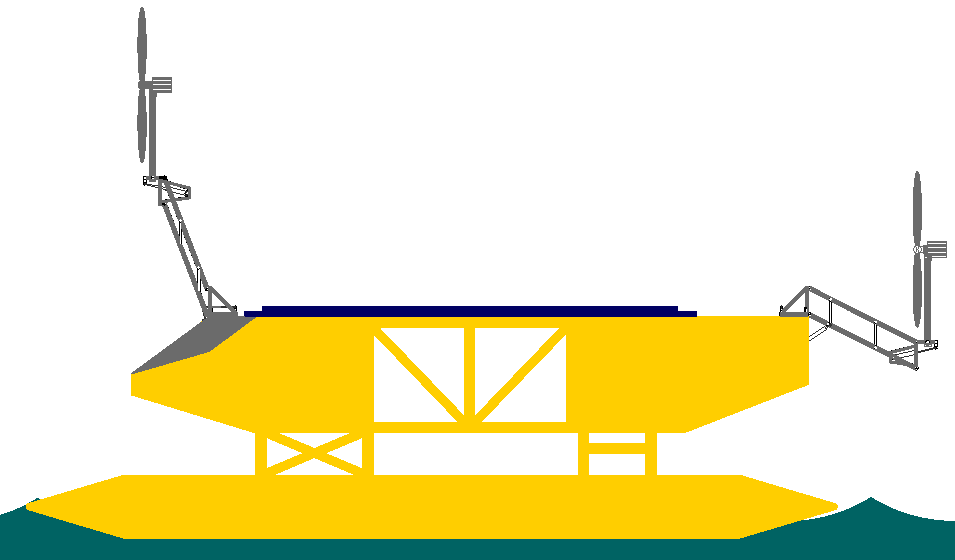
-
SOLAR
& WIND POWERED FERRY -
The Cross Channel Challenger (CCC)
was a project on the drawing board in 2019 looking for backing
to develop a coastal cruiser that is zero carbon just like the
hydrogen projects, but where the vessel converts energy from
nature onboard for propulsion without risk of hydrogen leaks
or fires.
This
is a toe-in-the-water project using budget off the shelf
equipment to keep the costs down. Hence, the theoretical
performance is lower than might be achieved but higher than
the current benchmark. It is a useful stepping stone to medium
range ferries and eventually bigger ships with longer ranges.
Solar combined with wind power could be the winning
combination. Comparing the two technologies will be
interesting. For sure, the solar powered ferries will be safer
and cheaper.
Solar
and wind powered vessels do not need big hydrogen tanks next
to docks for ships to fill up from. They do not need trucks to
deliver the hydrogen from the conversion plants and last but
not least, hydrogen is potentially dangerous, as the Zeppelin
'Hindenburg' demonstrated in 1937 when a spark ignited the
fated airship, destroying it in minutes.
Since
2019, a study in July 2021 has shown that the hull design in
basic, could be adapted to cross
the
Atlantic on hydrogen power alone,
with solar assistance, as a top up power source. Food for
thought for Waterborne and
Zero
Emission Waterborne Transport (ZEWT)
advocates in Europe. The aim would be to adapt the concept to
practical ZESTA
ferries,
especially for island nations who depend on shipping for their
economies. The proposed design is also safer, leak wise.
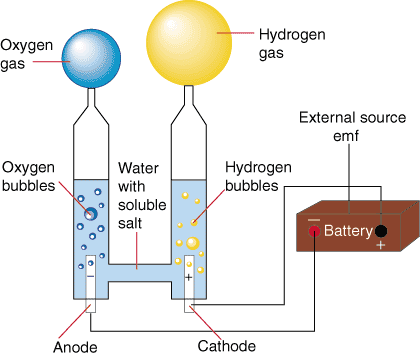
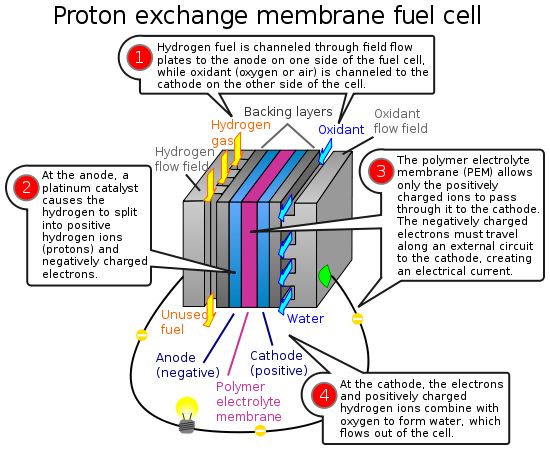
CONVERSION,
CONVERSION, CONVERSION - It is the number of additional
stages of splitting water using electricity, storing as a gas
and then recombining it to extract the electricity that was
put in at the beginning at a huge net energy loss. Elon Musk
has a point don't you think?
Hydrogen is recognised as a fuel with the potential to deliver 100% zero-carbon operation
in marine transport, but the systems proposed so far are
expensive and complicated, where the first rule of engineering
is to Keep It Simple Stupid: KISS.
The
allure of the hydrogen economy is plain, splitting ordinary water
using electrolysis to obtain oxygen
and hydrogen
gas is like a schoolboy chemist dream come true, especially if we can generate
what appears to be free electricity
using solar cells
and wind turbines to split the water. Then the hydrogen is
free right?
No,
not really.
There
is a cost, including the cost of manufacturing the solar
panels or wind
turbines and the transmission line installation and
maintenance. The inefficiencies in the conversion and handling
chain make hydrogen expensive to produce and so potentially
un-competitive - as compared to using the electricity needed
to convert water, directly.
In
addition, hydrogen is dangerous unless stored very carefully.
Space rockets powered by hydrogen and
oxygen sometimes
explode, with the Hindenburg zeppelin explosion being signs of
things to come in a world fraught with human error. We'd be
courting disaster. If something can happen, it will happen.
Passengers would be traveling in potential time bombs.
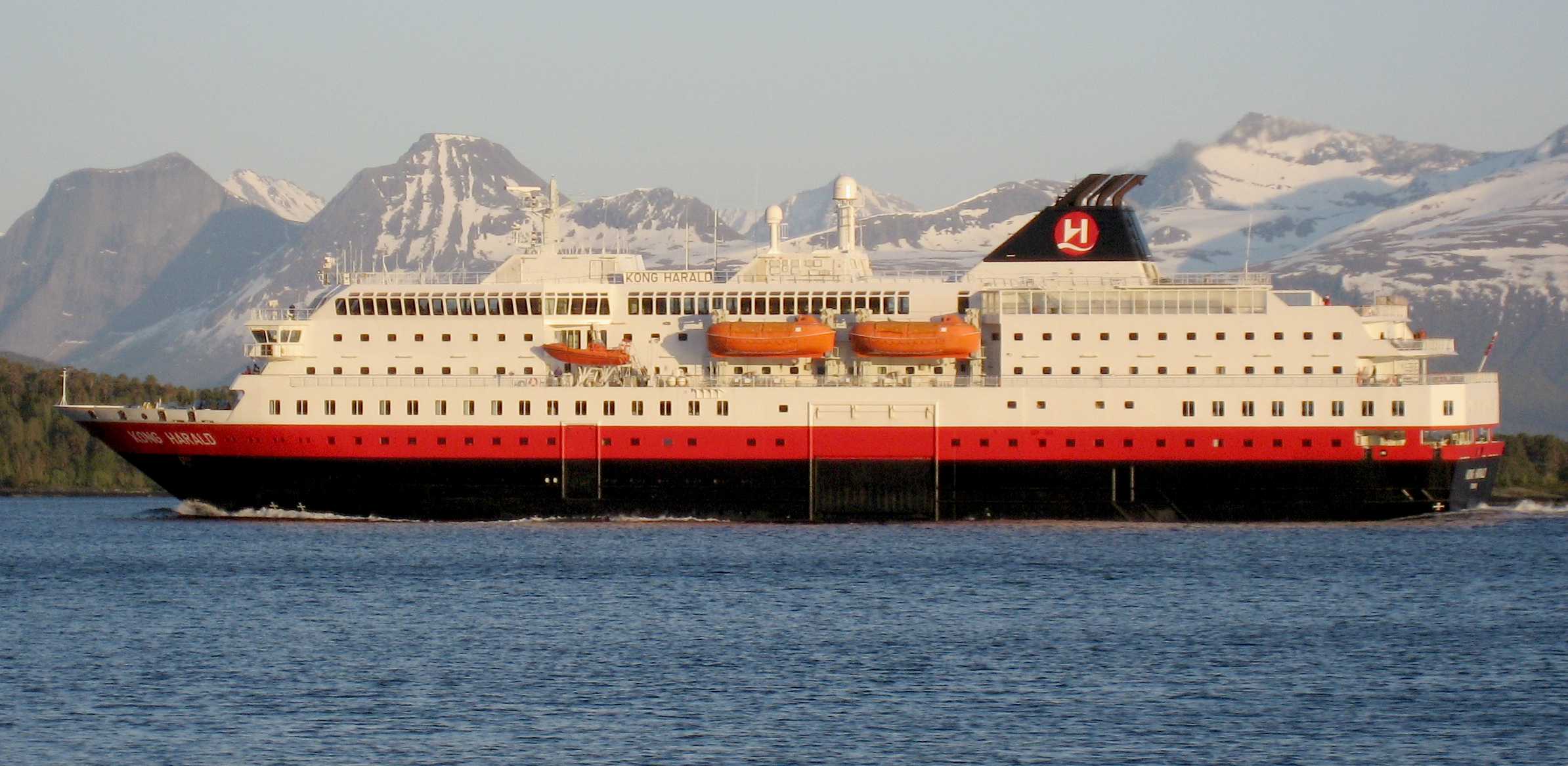
CONTACTS
Nelsons House
83 Wimbledon Park Side
London
SW19 5LP
United Kingdom
0800 458 69 00
Monday - Friday 9:00am - 7:00pm
Saturday 9:00am - 5:00pm
Sunday 10:00am - 4:00pm
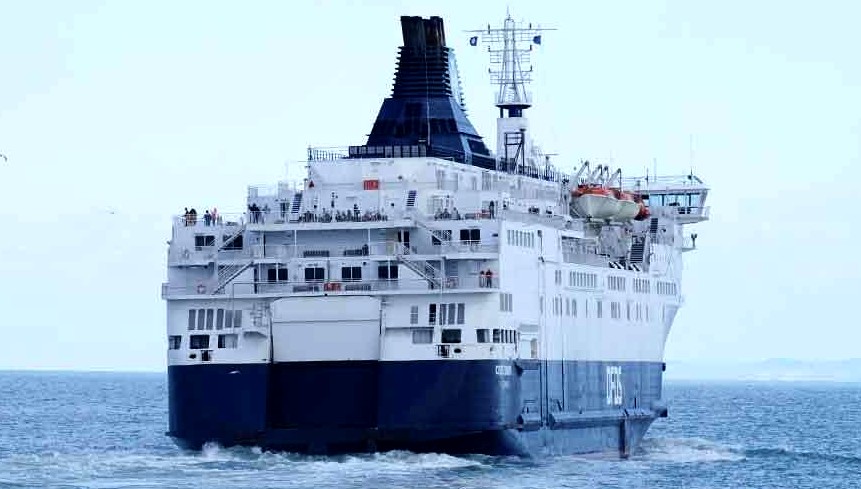
A-Z
INDEX OF H2 POWERED FUEL CELL SHIPS
BOREAL
SJO
FCS
ALTERWASSER
HYSEAS
III
NORLED
SAN
FRANCISCO BAY
SANDIA
& DNV-GL
SCANDLINES
VIKING
LINE
FERRY OPERATORS & ISLAND SERVICES
Brittany
Ferries -
Caledonian
MacBrayne -
DFDS
-
Eurotunnel
-
HoverSpeed
-
Irish
Ferries -
StenaLine -
P&O Ferries -
LINKS
& REFERENCE
https://gcaptain.com/dawn-hydrogen-marine-fuel/
https://gcaptain.com/viking-planning-worlds-first-liquid-hydrogen-powered-cruise-ship/
https://shipandbunker.com/news/emea/756240-viking-cruises-unveils-plan-for-zero-emission-hydrogen-powered-cruise-ship
https://www.vikingcruises.co.uk/
https://worldmaritimenews.com/archives/243089/boreal-wartsila-join-forces-on-hydrogen-powered-ferries/
https://maritime-executive.com/article/hydrogen-fuel-cell-vessels-destined-for-france-and-norway
https://energy.sandia.gov/transportation-energy/hydrogen/market-transformation/maritime-fuel-cells/sf-breeze/
https://grist.org/article/a-ferry-that-runs-on-hydrogen-fuel-cells-is-coming-to-san-francisco/
ADRIATIC
SEA - ARCTIC
OCEAN - ATLANTIC
OCEAN - BALTIC
SEA - BAY
OF BENGAL - BERING
SEA - CARIBBEAN
SEA
CORAL
SEA - EAST
CHINA SEA - ENGLISH
CHANNEL - GULF
OF GUINEA - GULF
OF MEXICO - INDIAN
OCEAN - IRISH SEA
MEDITERRANEAN
SEA - NORTH
SEA - PACIFIC
OCEAN - PERSIAN
GULF - SEA
OF JAPAN - SOUTH
CHINA SEA - SOUTHERN
OCEAN
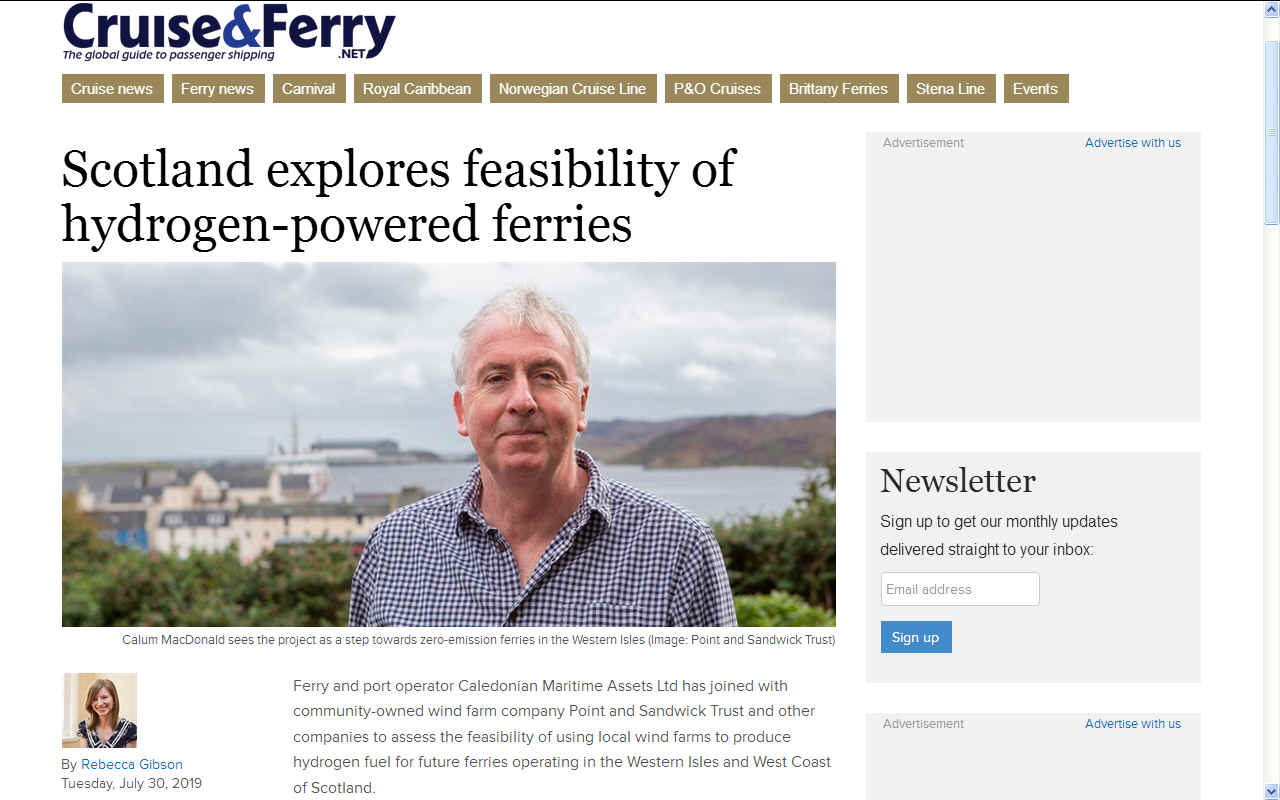
STUDY
PUBLISHED - Point and Sandwick Trust, in collaboration with a number of industry partners (Wood, Siemens-Gamesa, Engie, ITM, CMAL, Johnston Carmichael and Ferguson Marine), have published a feasibility study to assess the suitability of using hydrogen produced from local wind farms to power future ferry services operating in the Western Isles and West Coast of Scotland.
The study was part-funded by the Scottish Government’s Low Carbon Infrastructure Transition Programme. Read the full report here.
The project looked at the practical and economic feasibility of using new island wind farms to produce zero-carbon “green” hydrogen fuel for future types of clean emission ferries operating on the established Caledonian MacBrayne routes.
This
website is provided on a free basis as a public information
service. Copyright © Cleaner
Oceans Foundation Ltd (COFL) (Company No: 4674774)
2019. Solar
Studios, BN271RF, United Kingdom.
COFL
is a charity without share capital.
|






